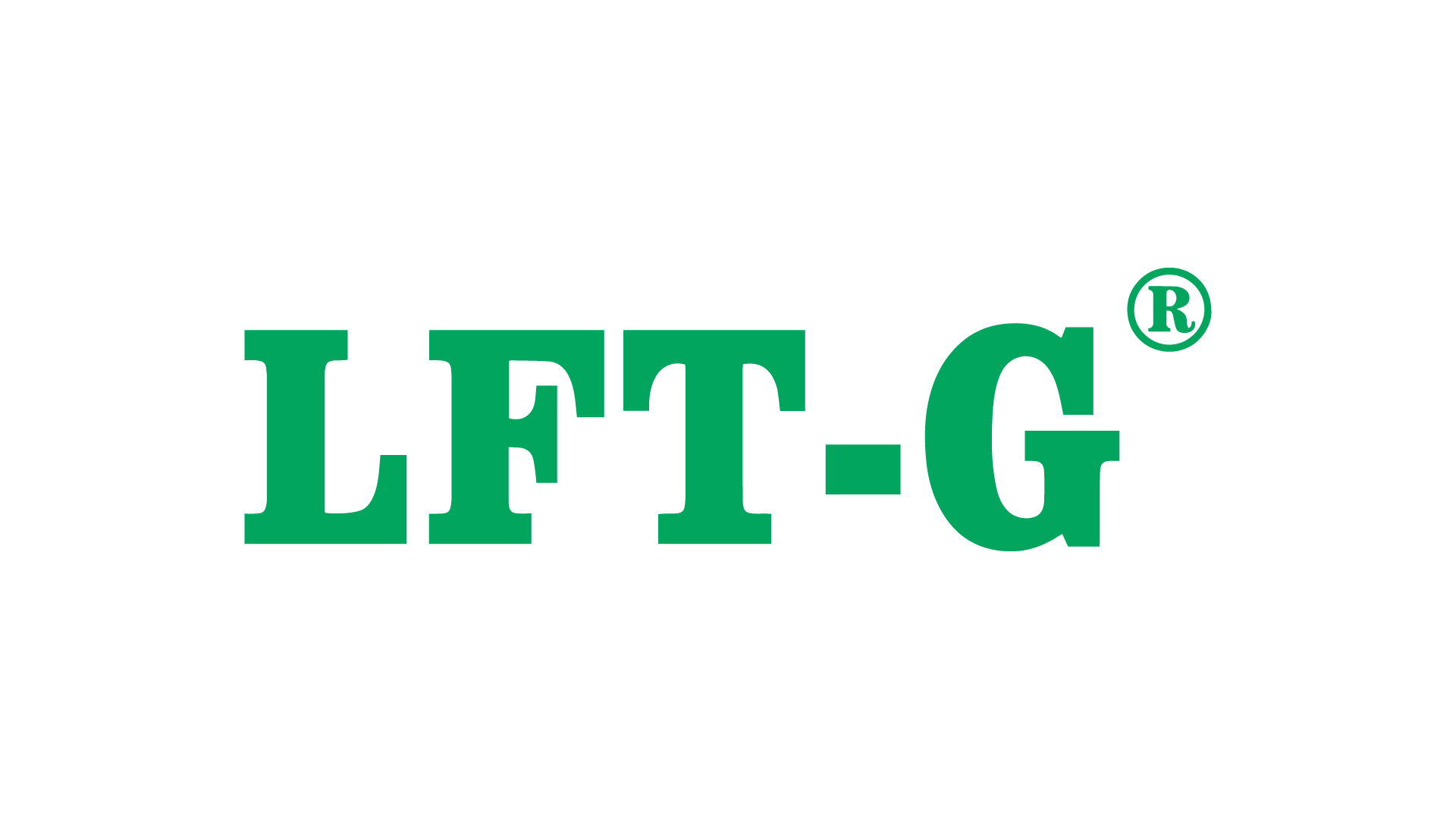
Mold temperature too low
-
Cause: The low mold temperature causes the molten plastic to cool too quickly in the runner, preventing full fusion.
-
Solution: Increase the mold temperature to ensure the molten plastic flows smoothly and fuses completely.
Injection speed too slow
-
Cause: Slow injection speed causes the plastic to flow slowly, extending cooling time and forming weld lines.
-
Solution: Increase the injection speed so that the molten plastic quickly fills the mold cavity, reducing cooling time.
Melt temperature too low
-
Cause: Low melt temperature results in poor flow, preventing full fusion in the weld area.
-
Solution: Raise the melt temperature to improve the plastic's flowability and ensure better fusion.
Insufficient injection pressure
-
Cause: Insufficient pressure prevents the molten plastic from fully filling the mold cavity, resulting in poor weld lines.
-
Solution: Increase the injection pressure to ensure the molten plastic fully fills the cavity and fuses.
Poor venting
-
Cause: Air in the mold cavity cannot be vented properly, obstructing the flow of the molten plastic and creating weld lines.
-
Solution: Improve the mold's venting system to ensure smooth air evacuation.
Improper material ratio
-
Cause: Incorrect material ratios, such as too much filler or inappropriate additives, affect the plastic's flow and fusion ability.
-
Solution: Adjust the material ratio and select suitable fillers and additives to ensure material performance meets requirements.
Unreasonable mold design
-
Cause: Poor runner design causes weld lines to form at the convergence points of the molten plastic.
-
Solution: Improve mold design, optimize runner layout, and reduce the areas where the molten plastic converges.
Nozzle or runner blockage
-
Cause: Partial blockage of the nozzle or runner obstructs the flow of the molten plastic, forming weld lines.
-
Solution: Inspect and clean the nozzle and runner to ensure smooth plastic flow.
Improper cooling time
-
Cause: Cooling time that is too long or too short results in uneven cooling of the plastic in the mold cavity, forming weld lines.
-
Solution: Optimize cooling time to ensure even cooling and proper fusion of the plastic.
Insufficient material drying
-
Cause: High moisture content in the plastic material causes bubbles during flow, leading to weld lines.
-
Solution: Ensure sufficient material drying to reduce the moisture content in the material.
Improper machine settings
-
Cause: Incorrect parameter settings on the injection molding machine lead to poor plastic flow and weld lines.
-
Solution: Set the injection molding machine parameters—such as temperature, pressure, and speed—appropriately based on product requirements.
Uneven distribution of additives
-
Cause: Uneven distribution of additives in the plastic results in poor local flow, creating weld lines.
-
Solution: Improve the uniformity of material mixing to ensure even distribution of additives.
For any technical inquiries, please feel free to contact us.
Our expert team is ready to assist you.
Email: sale02@lfrtplastic.com
